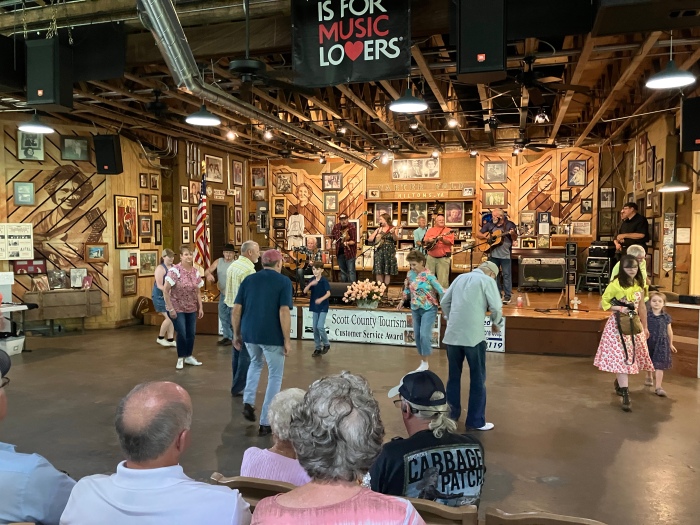
The castle and the surrounding landscape are magnificent, so I thought I would begin with a big picture.
Martyn Rady is a historian and a very good storyteller. He is a Professor Emeritus of Central European History at University College London. He is also a leading expert on the history of Central Europe, which happens to be one of the regions of the world that is, for many people, myself included, very difficult to capture as a coherent idea. Along the way, I’ll place Rady pretty high on my list of historian / storytellers — and I hope he will write another book that is equally wide-ranging.
Rady begins long ago, when early Christian scholars debated the existence of dogmen — creatures with canine and human characteristics who lived on the margins of the known world. He is specific: “One ninth-century account tells of how a missionary bishop in what is now Austria denied a place at the table to visiting pagan chieftains, instead laying out bowls on the floor.” A few centuries later, Turks were “described as agents of Satan, with an insatiable taste for blood…and all sorts of extravagances including bestiality and sexual relations with fish… but from the very first, they, too, were associated with dogmen.”
Where, exactly, does Central Europe begin and end? That question is difficult to answer. Depends upon when, of course, because countries keep expanding and contracting, and gaining/losing parts of their territory. Roughly, Central Europe seems to be what is now Germany to the West, what is now Russia to the East, not quite Scandinavia to the North, and down into what was once Yugoslavia to the South, but sometimes, parts of what is now Italy, Ukraine, and Greece, too. It is here that the vague and changeable boundaries of Prussia take shape and shape-shift, where Poland is and then is not a country, where unimaginable violence was the rule for many of the centuries covered in this 500+ page volume, and where Beethoven, Mozart, Chopin and Western classical music originated and continues to thrive. There are knights, castles, pogroms, insane monarchs, endless political intrigue, war after war after war, peasants galore, Catholics dominating religious beliefs, and, generally, miserable lives for the people who lived there until very, very recently.
It’s the story of people whose names you may have heard, but don’t know much about. One example: Louis Kossuth (“spell-binding orator who could hold audiences of both politicians and peasants mesmerized in speeches that lasted more than three hours…a master of self-advertisement … [who] led Hungary to disaster.”
Another: “Otto von Bismarck remained a gluttonous, hard-drinking oaf for the rest of his life — eventually, even his doctor refused to treat him, recommending instead that he consult a veterinarian.”
Another: “as a ruler, Frederick William [of Brandenburg, a hotchpotch of territories reaching from the Lower Rhine to the Polish frontier] avoided war as much as possible, while doubling the size of his army to make it the fourth largest in Europe. Frederick’s drillmaster instilled discipline with ferocious punishments and by having his troops learn to march in goose step….[which showed at a glance whether the troops were marching in unison]. But Frederick William’s quest for abnormally large grenadiers was a pointless conceit because the men were often disabled as a result of their height. Altogether, the king had several thousand of these giants, whom he personally drilled and tried to marry off to equally tall women. All had to be at least 188 centimeters (6 feet 3 inches), but there were plenty who hit 213 centimeters (7 feet) . In order to magnify their appearance, Frederick William gave them tall mitre cap, and we are told, deliberately dressed them in uniforms that were too small. Frederick William himself measured just 160 centimeters (5 feet 3 inches).”
Sensationalism and goofy stories aside, this is an extraordinarily well-constructed saga of what is now Slovenia and Slovakia, Latvia and Poland, Moldova and Belarus, the Czech Republic and Lithuania, Russia and Germany, Austria and Hungary, and countries that no longer exist. It is the origin story of much of Europe, with tales of the Huns and the Mongol-Tatars and the Goths, the Hapsburgs and the Holy Roman Empire. And it is the story of the Nazis.
If this book was assigned to me, I never would have read it. If this book was suggested by a friend, I might have wondered whether I would ever take the time to read a book about the history of central Europe. Probably not. But there it was in the library, with the magnificent castle on the cover, so I picked it up and started browsing. Rady’s prose and storytelling invited me in. And, just as he began this tale with dogmen, that’s where he ends it, too: “Today’s dogmen may lack the imaginary snouts and tails of their forebears, but with their rocket launchers, tanks, and drones, they are just as terrible and no less subversive…”


























